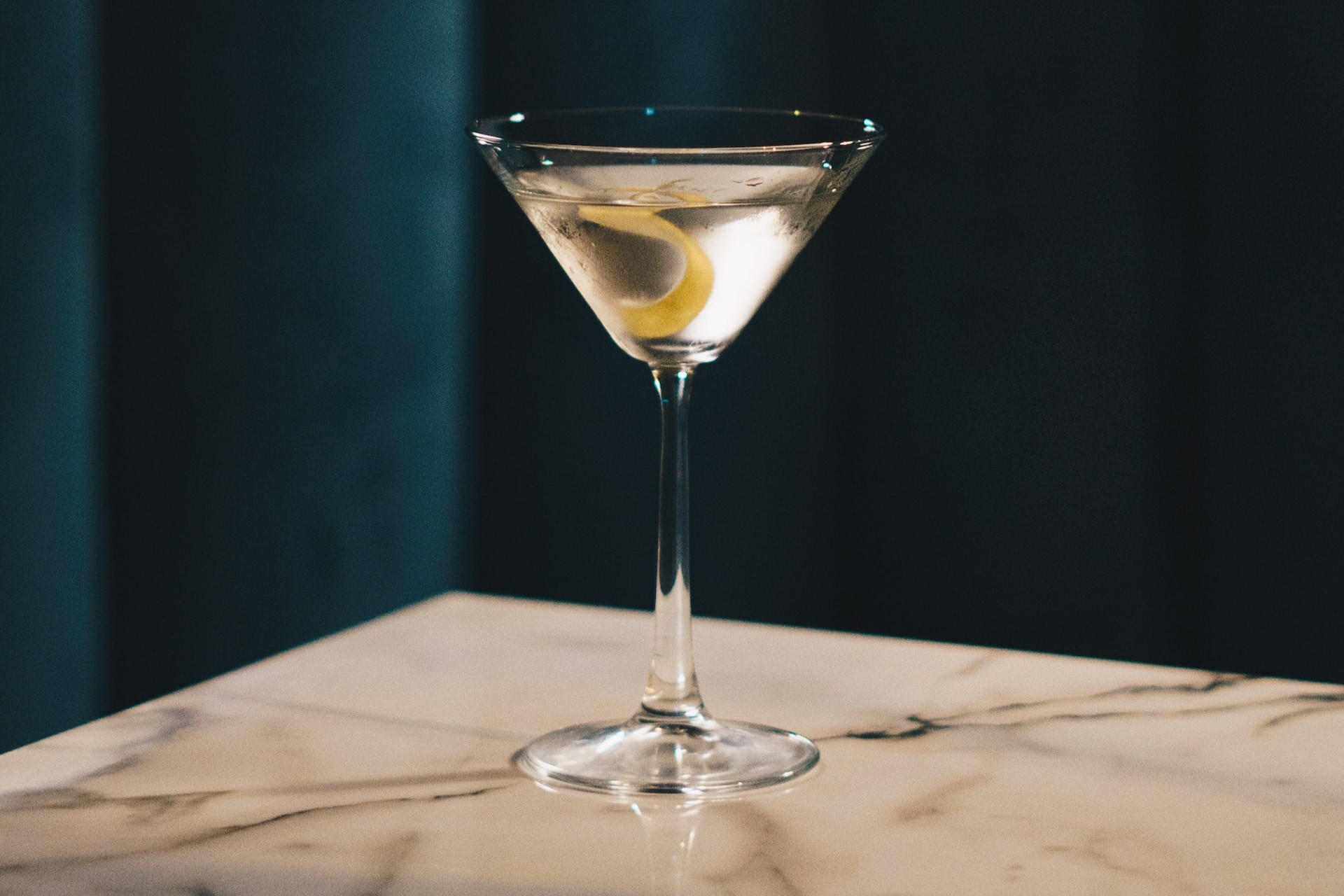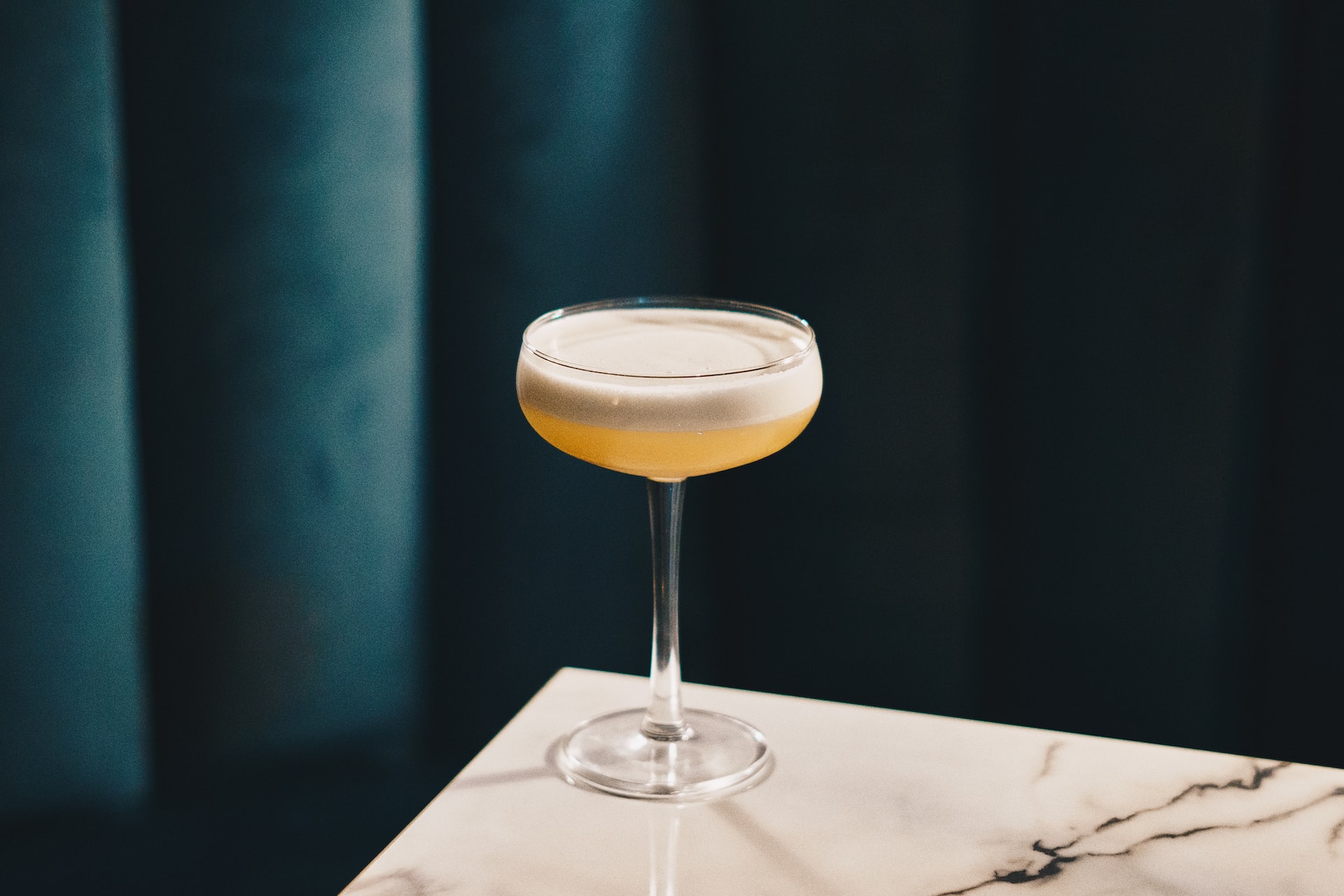Drink Donnybrook: Let’s Talk Martini
by David Klemt

We celebrate the Martini twice in June, once on 17th for World Martini Day, and one more opportunity on the 19th for National Martini Day.
That means you and your bar team have some time to dial in your builds and presentations.
In addition to its potential to boost revenue over the course of a few days, the Martini is also surging in popularity. As things stand in the US, the Martini is currently the top challenger to the Margarita’s crown.
There’s also the staggering number of Martinis going out each night at Bemelmans Bar in NYC: 1,000 per night. With younger legal-age drinkers driving this surge in popularity, it’s important for operators to make sure their Martinis are crowd pleasers.
Technically, this means making stirring London Dry gin and dry vermouth—perhaps a dash or two of orange bitters—for at least 20 seconds. Next, pour a crystal-clear Martini—without any shards of ice—into a Martini glass. Finally, add a lemon twist and serve gracefully.
There you have it: a perfect, classic Martini.
Now, if the instructions above make you bristle, good. Much like the Margarita, the Martini can cause fierce debate amongst bar professionals.
So, let’s have some fun now that one build is out of the way.
The Family
It’s true that really, we don’t know the exact origin of the Martini. We aren’t even certain who should get credit for its creation.
So, what if I tell you that the Manhattan and Martini are family?
A prevailing theory posits that the former is the latter’s great-grandfather. From the Manhattan we get the Martinez, from the Martinez we get the Marguerite, and from the Marguerite we get the Martini. However, some people believe the Martinez is perhaps only a distant relative and the family tree goes Manhattan – Marguerite – Martini.
At any rate, this may seem ridiculous at first. A whiskey cocktail is the great-grandfather or grandfather of a gin cocktail. Well, when we look at the common threads, yeah.
This family of cocktails shares the following traits:
- a base spirit
- vermouth
- bitters
The Manhattan and Martinez also use maraschino or brandied cherries. The latter swaps out whiskey for Old Tom gin, and the Marguerite calls for Plymouth gin and eschews the maraschino.
As you know, the Martini swaps Plymouth gin for London Dry. Interestingly, “modern” versions of the Martini are often made without bitters, which has been happening for many decades.
Dry Vermouth?
According to some cocktail historians, the accuracy of the build above is debatable.
Technically technically, the original form of the Martini is sweet. The OG recipe calls for sweet vermouth, not dry.
That is, of course, if you choose to believe that sweet vermouth recipes you find in books from the 19th century represent the prototypical Martini.
If you’re not familiar with the Perfect Martini variant, it’s an interesting compromise, in a way. For this particular version we use equal parts sweet and dry vermouth. Someone kicking off a quarrel over original Martini specs? Put a Perfect Martini in front of them and see if their head explodes or they abandon their argument.
Vodka?
Again, technically, a Vodka Martini is a riff on the original recipe.
Whereas we can (reasonably) trace the original Martini back to the late 1800s, the vodka version shows up in the 1950s.
So, if that’s an accurate timeline, the Gin Martini’s vodka-based sibling doesn’t appear for 60 to 70 years after its genesis.
To build a classic Vodka Martini, we simply swap out the gin for vodka. The rest of the specs can remain the same, save for some guests preferring an olive or cocktail onion as a garnish.
Of course, now that we’re on the topic of swaps and specs, ratios play an important role when making a Martini. Bars and bartenders often play around with the ratio of gin or vodka to vermouth.
In fact, there’s can be a fairly large swing depending on the bar or bartender. Some bartenders may build their Martinis with a 4:1 ration, and others may go 8:1 or greater.
Still others leave the vermouth out altogether. That can really start a knock-down, drag-out Martini feud.
Check this Out
With the Martini crash course over, here are a few “fun facts” for you to savor.
Neither the Espresso Martini nor the (in)famous Cosmopolitan are true Martinis. While we serve them in the Martini glass and one has “Martini” in its name, that’s where their relation to the original ends.
Once again using the qualifier “technically,” the Espresso Martini is an alias. It’s real identity is Vodka Espresso.
If we really want to throw a debate haymaker, the Espresso Martini and Cosmopolitan aren’t even kin to the Gin or Vodka Martini. Neither uses vermouth, meaning they’re don’t claim the same family tree. In reality, the Cosmo belongs to the sour family.
Finally, one more fun tidbit to toss into this debate, should you find yourself arguing Martinis. The Reverse Martini is more of a sibling to the original than the Espresso Martini. After all, it’s still a combination of spirit and vermouth. It’s just that the vermouth is the star of the show, often utilizing a 2:1 ratio, vermouth to gin.
So, there you have it. Enough information to cause a friendly “fight” over Martini history, specs, and family members. Cheers!
Image: Rick Barrett on Unsplash


